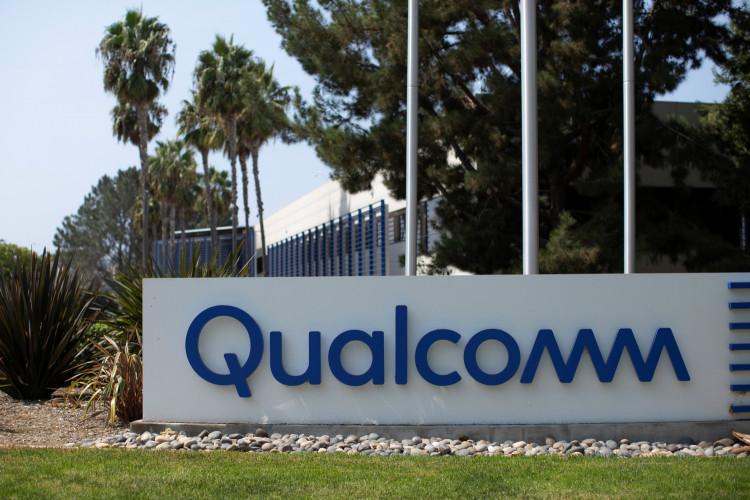Facing Nvidia's aggressive advancements in the Artificial Intelligence (AI) chip sector, Qualcomm, traditionally known for its mobile chips, is venturing into new territories.
On Tuesday, September 5th, Eastern Time, Qualcomm announced a series of new collaborations. These include introducing new in-car AI features, supplying chips to luxury car brands BMW and Mercedes, and forging an innovative partnership with Amazon Web Services (AWS) for vehicular software.
According to a press release from Qualcomm, the company will collaborate with automakers like BMW to offer a range of features for vehicles, from infotainment systems to advanced driver-assistance systems. Qualcomm will supply chips to BMW to facilitate in-car voice command features and will also provide chips for the Mercedes E-class models set to launch in the U.S. next year.
Qualcomm shared that the BMW Group would benefit from Qualcomm's latest Snapdragon digital chassis solutions. New BMW vehicles can now utilize the Snapdragon automotive digital cockpit platform and the Snapdragon automotive connectivity platform. By 2025, BMW cars are expected to incorporate the Snapdragon Ride driving platform.
For the Mercedes E-class models, Qualcomm will offer the Snapdragon digital chassis solution. Qualcomm's next-generation Snapdragon cockpit and automotive connectivity platforms aim to provide an immersive, interactive smart in-car experience, along with 5G networking and cloud connectivity services.
Furthermore, Qualcomm stated its commitment to a long-term collaboration with AWS to shape the future of Software-Defined Vehicles (SDV). Recognizing the rapidly growing demand for software-defined features, both companies aim to provide comprehensive development infrastructure and tools to accelerate the transformation of autonomous driving and SDV vehicles.
Qualcomm believes that partnering with AWS will expedite the democratization process of future SDV development. Both parties are keen on assisting automakers in experimenting with cloud technologies and integrating these technologies into their development processes.
Qualcomm revealed that luxury car manufacturers, including BMW, have already partnered with them to develop the next generation of autonomous driving systems. These systems rely on the open, scalable, and modular next-generation Snapdragon Ride platform, which comes with an integrated Ride Vision software stack, enabling 360-degree vehicle perception.
A month prior, Qualcomm reported a second-quarter revenue decline of 23% to $8.442 billion, more than anticipated. The mobile chip business saw a 25% drop in revenue, while the automotive sector experienced a 13% decrease.
During the Munich Auto Show in Germany this week, Qualcomm's CEO, Cristiano Amon, expressed his ambitions to expand into the automotive sector. He projected that by 2026, Qualcomm's revenue in the automotive sector would reach $4 billion and could increase to $9 billion by the end of 2030.
Amon emphasized that one of Qualcomm's primary focuses is identifying new growth areas, including the automotive sector.
Up until now, Large Language Models (LLM) have relied on vast cloud-based data to generate text and images. Amon is confident that there will be a high demand for generative AI outside the cloud in the future. He stated earlier in June that Qualcomm possesses a unique capability to run AI models locally, which can not only enhance performance but also significantly reduce costs.
When releasing the second-quarter financial report in August, Amon mentioned that Qualcomm can run AI models on mobile devices instead of cloud servers. As the range of AI use cases expands, on-device AI has the potential to bring about a significant shift in all of Qualcomm's products, potentially driving future performance growth.
Amon believes that due to Qualcomm's platform's unparalleled acceleration performance and energy utilization rate, Qualcomm remains in an advantageous position to lead the aforementioned AI transformation. In essence, Qualcomm is poised to shape and seize the upcoming on-device generative AI opportunities.





